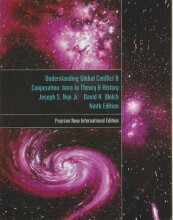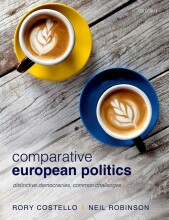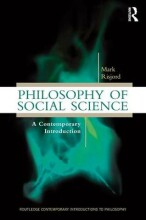Çankaya, S. (2020). Geopolicing race, gender, and class: How the police immobilise urban allochthones. Antipode, 52, 702-721
12 important questions on Çankaya, S. (2020). Geopolicing race, gender, and class: How the police immobilise urban allochthones. Antipode, 52, 702-721
What examples does Çenkaya give as the social order being increasingly governed through spatial practices of separation, displacement and exclusion?
On which basis does Çenkaya link geography and urban science to race, class and gender?
What is the definition of the introduced concept of the urban allochtone?
- Higher grades + faster learning
- Never study anything twice
- 100% sure, 100% understanding
Where are the empirical findings based on?
What are the definitions of governmentality and biopolitics?
In our era, the state intervenes on the level of the general population: biopolitics by Foucault
What is according to Çenkaya the link between neoliberalism and the spatial governmentality?
What is the switch in emphasis in the society and therefore police that has been going on since the 1970s?
What is the consequence of the spatial representation of "problem areas"?
What are the reasons for Amsterdam being relevant for this research?
2) Internationally, Amsterdam is a relatively undivided city without banlieues or ghettos
3) The normative ideal of a unified city is a policy priority in Amsterdam
What is the meaning of the typology of "target groups/doelgroepen" that the police uses?
What does Çenkaya find peculiar about the stopping of young people with expensive clothes or cars?
What has often been said to be the reason for police officers to stop someone?
The question on the page originate from the summary of the following study material:
- A unique study and practice tool
- Never study anything twice again
- Get the grades you hope for
- 100% sure, 100% understanding





























